Ancient Kuttamuwa Stele And Iron Age Belief That Soul Lived In Funerary Slab
A.Sutherland - AncientPages.com - Ancient cultures in human history have tried to honor and commemorate their dead.
An ancient Middle East tradition among prehistoric cultures in Mesopotamia, Egypt, Anatolia, and the Levant (Syria-Palestine) is also closely related to the relationship between the dead, people’s funerary customs and life in the eighth century B.C
Food, drink, offerings and stone effigies in maintaining a place for the dead in family life show how the living cared for the dead.
One such object that gives us insight into this tradition is the Kuttamuwa Stele, discovered in 2008 by University of Chicago archaeologists at Zincirli, Turkey, the site of the ancient city of Sam'al, which was once the capital of a prosperous kingdom, and now, an important Iron Age site under excavation.
The stele was found in a suburb of the walled city, probably in Kuttamuwa’s own house.
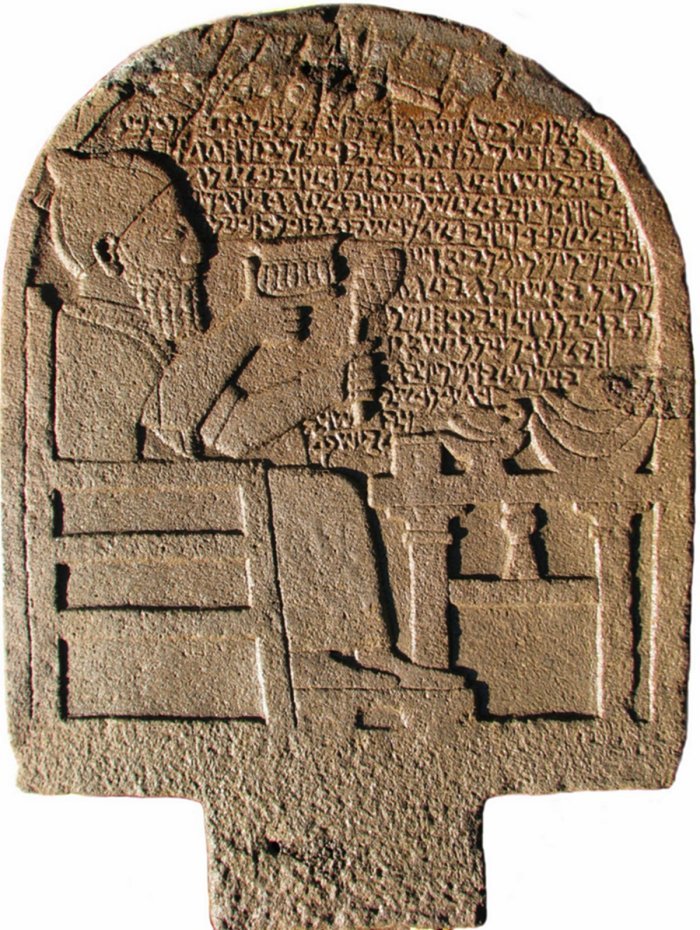
An inscription on a stone monument in Turkey from the eighth century B.C. indicated a belief that the body and soul were separate. Image credit University of Chicago
Kuttamuwa, an 8th-century BC royal official from Sam'al and a servant of King Panamuwa II (died ca. 733/732 BC) ordered this inscribed stele to be erected upon his death. The inscription requested that his mourners commemorate his life and his afterlife with feasts "for my soul that is in this stele".
“I, Kuttamuwa, servant of [the king] Panamuwa, am the one who oversaw the production of this stele for myself while still living. I placed it in an eternal chamber and established a feast at this chamber: a bull for [the god] Hadad, a ram for [the god] Shamash and a ram for my soul that is in this stele."
The Kuttamuwa Stele is an ancient memorial document of ancestor cult and beliefs about the soul, dated back to about 735 BC. It is also one of the earliest records that relate to a soul as an entity separated from the body.
The basalt stele that weighs 800 pounds and is three feet tall, is carved with an image of a man named Kuttamuwa seated before a table with offerings to the deceased and to local gods.
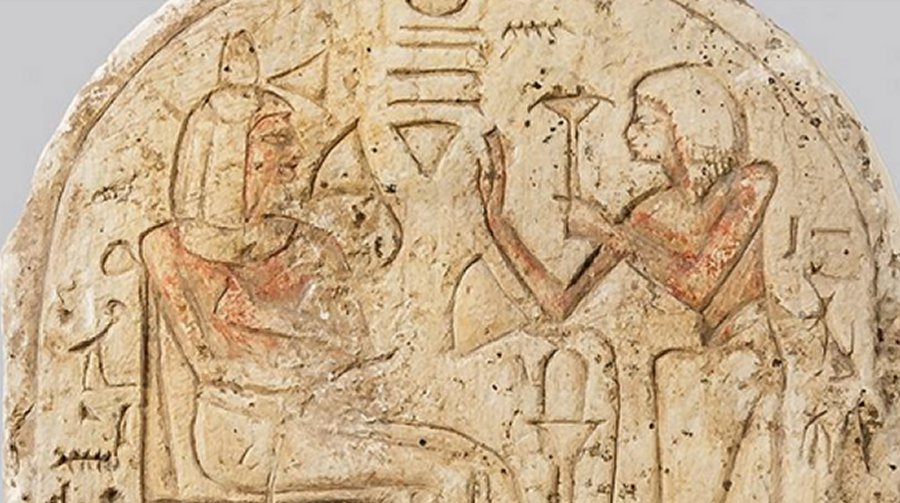
Stele showing a deceased man being attended by family members, part of an ancestor cult. Luxor, Egypt, ca. 1295-1069 BC. Image credit: Oriental Institute of the University of Chicago
It was believed that Kuttamuwa’s spirit inhabited this funerary slab and the words carved on the stele were the man’s last words. The stele confirms Iron Age beliefs about the afterlife and their belief that the soul separates from the body.
The monument is covered with the longest known memorial inscription of its type that revealed an unknown practice of enacting annual sacrifices for the soul of the deceased. According to the inscription, the soul of the deceased resided in the stele.
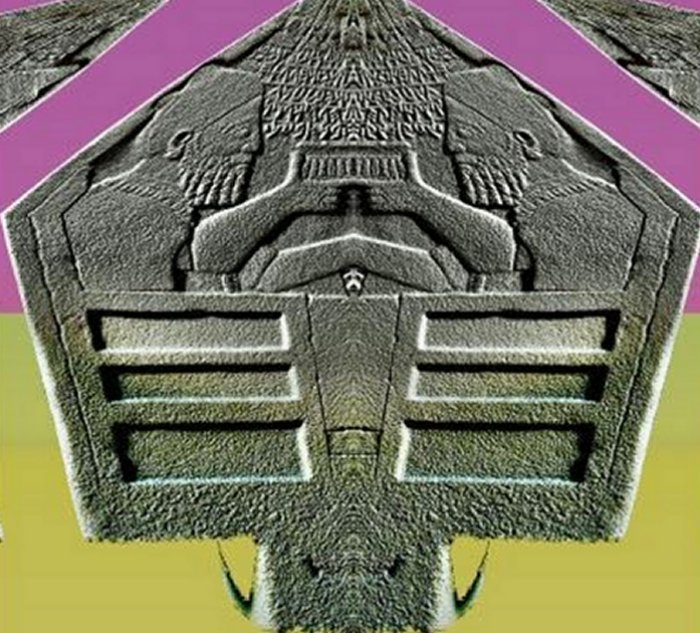
An ancient Middle East tradition among prehistoric cultures in Mesopotamia, Egypt, Anatolia, and the Levant (Syria-Palestine) is also closely related to the relationship between the dead, people’s funerary customs and life in the eighth century B.C
The script is derived from the Phoenician alphabet and a Semitic language that appears to be an archaic version of Aramaic, a language widely used in the Middle East at that time.
The biblical commandment to “Honor your father and your mother, that your days may be long” (Exodus 20:12), is rooted in the tradition expressed by the Kuttamuwa text, which also informs that the rituals took place not just at the grave or in the home, but in a special private mortuary chapel next door to a temple, where the Kuttamuwa stela was discovered.
Written by – A. Sutherland - AncientPages.com Senior Staff Writer
Copyright © AncientPages.com All rights reserved. This material may not be published, broadcast, rewritten or redistributed in whole or part without the express written permission of AncientPages.com
Expand for references
References:
Oriental Institute, The University of Chicago
Pardee, Dennis. "A New Aramaic Inscription from Zincirli." Bulletin of the American Schools of Oriental Research, no. 356 (2009): 51-71.
More From Ancient Pages
-
 Amazing Ancient Underwater Treasures And Temples Discovered At Thonis-Heracleion
Archaeology | Sep 20, 2023
Amazing Ancient Underwater Treasures And Temples Discovered At Thonis-Heracleion
Archaeology | Sep 20, 2023 -
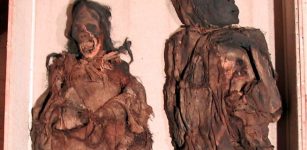 Scientific ‘Detective Work’ With South American Mummies Reveals They Were Brutally Murdered
Archaeology | Sep 9, 2022
Scientific ‘Detective Work’ With South American Mummies Reveals They Were Brutally Murdered
Archaeology | Sep 9, 2022 -
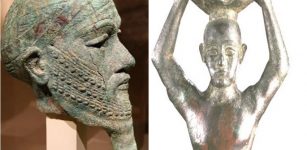 King Ur-Nammu – King Of Ur, King Of Sumer And Akkad – The One Who Built The Temple Of God Enlil
Ancient History Facts | Aug 30, 2015
King Ur-Nammu – King Of Ur, King Of Sumer And Akkad – The One Who Built The Temple Of God Enlil
Ancient History Facts | Aug 30, 2015 -
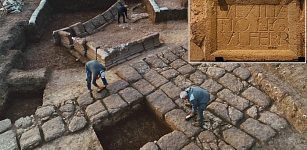 1,800-Year-Old Legio VI Ferrata Military Camp Uncovered In Israel
Archaeology | Feb 21, 2024
1,800-Year-Old Legio VI Ferrata Military Camp Uncovered In Israel
Archaeology | Feb 21, 2024 -
 World’s Oldest Paycheck Reveals Ancient Sumerian Workers Were Paid In Beer
Ancient History Facts | Nov 22, 2018
World’s Oldest Paycheck Reveals Ancient Sumerian Workers Were Paid In Beer
Ancient History Facts | Nov 22, 2018 -
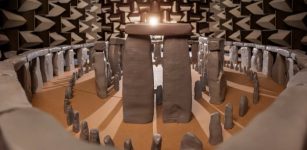 Ancient Sound Of Stones – Acoustics At Stonehenge Tested By Scientists
Ancient Technology | Aug 29, 2020
Ancient Sound Of Stones – Acoustics At Stonehenge Tested By Scientists
Ancient Technology | Aug 29, 2020 -
 On This Day In History: The Lumière Brothers Presented Their First Film In Paris – On Dec 28, 1895
News | Dec 28, 2016
On This Day In History: The Lumière Brothers Presented Their First Film In Paris – On Dec 28, 1895
News | Dec 28, 2016 -
 New Moai Statue Found On Easter Island
Archaeology | Feb 28, 2023
New Moai Statue Found On Easter Island
Archaeology | Feb 28, 2023 -
 Strange Case Of The ‘Impossible’ Glove Remains Unexplained – The Discovery – Part 1
Featured Stories | May 24, 2019
Strange Case Of The ‘Impossible’ Glove Remains Unexplained – The Discovery – Part 1
Featured Stories | May 24, 2019 -
 Mysterious Kaali Crater And The Holy Lake – Sacred Ancient Places In Estonia
Featured Stories | Jan 19, 2018
Mysterious Kaali Crater And The Holy Lake – Sacred Ancient Places In Estonia
Featured Stories | Jan 19, 2018 -
 The Kitchen God In Ancient Vietnamese Tradition Is Still Alive
Featured Stories | Feb 23, 2016
The Kitchen God In Ancient Vietnamese Tradition Is Still Alive
Featured Stories | Feb 23, 2016 -
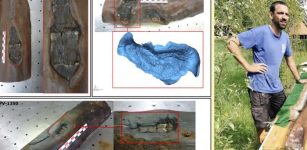 Earliest Evidence Of Forest Management Discovered At The La Draga Neolithic Site
Archaeology | Jul 18, 2023
Earliest Evidence Of Forest Management Discovered At The La Draga Neolithic Site
Archaeology | Jul 18, 2023 -
 Who Were Or Are The Ninja – Those Ancient Spies And Mercenaries?
Featured Stories | Jul 3, 2018
Who Were Or Are The Ninja – Those Ancient Spies And Mercenaries?
Featured Stories | Jul 3, 2018 -
 Unusual Ancient Human Bones Found In A Grave In Derbyshire – Burial Place Of A Legendary Person?
Featured Stories | Apr 24, 2024
Unusual Ancient Human Bones Found In A Grave In Derbyshire – Burial Place Of A Legendary Person?
Featured Stories | Apr 24, 2024 -
 Bog Body Of The Elling Woman: Was She Sacrificed To The Gods Because Of Climate Change?
Civilizations | Mar 25, 2017
Bog Body Of The Elling Woman: Was She Sacrificed To The Gods Because Of Climate Change?
Civilizations | Mar 25, 2017 -
 Sinuses Reveal More About The Evolution Of Ancient Humans
Archaeology | Oct 29, 2022
Sinuses Reveal More About The Evolution Of Ancient Humans
Archaeology | Oct 29, 2022 -
 Marriage And Divorce In Ancient Egypt Were Different But Uncomplicated
Ancient History Facts | Dec 12, 2018
Marriage And Divorce In Ancient Egypt Were Different But Uncomplicated
Ancient History Facts | Dec 12, 2018 -
 Older Than Dracula: In Search Of The English Vampire
Myths & Legends | Dec 9, 2022
Older Than Dracula: In Search Of The English Vampire
Myths & Legends | Dec 9, 2022 -
 Puzzling Ancient Artifacts Of Unknown Origin And Purpose
Artifacts | Mar 10, 2014
Puzzling Ancient Artifacts Of Unknown Origin And Purpose
Artifacts | Mar 10, 2014 -
 Amazing Archaeological Discovery In A Secret Underground Structure In Transylvania Could Rewrite Ancient History
Featured Stories | Feb 13, 2024
Amazing Archaeological Discovery In A Secret Underground Structure In Transylvania Could Rewrite Ancient History
Featured Stories | Feb 13, 2024

